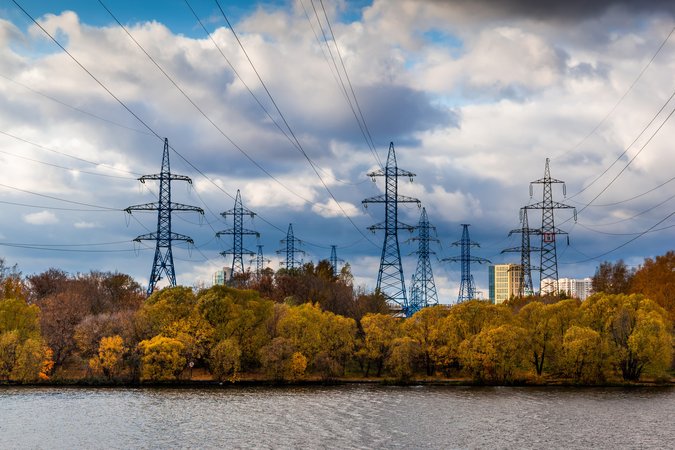RFF Response to US Department of Energy Notice of Intent and Request for Information Regarding Establishment of a Civil Nuclear Credit Program
Comments to the Department of Energy on the establishment of a Civil Nuclear Credit Program.
The CNC proposal offers a preliminary implementation strategy for the program authorized in H.R. 3684. Below, we offer our thoughts on what the Nuclear Energy Office should consider when finalizing the details of implementation and designing the certification procedure and the auction structure. Overall, we believe it is important to consider the accuracy, predictability, and transparency of information in the nuclear power sector to determine the optimal policy design. In an ideal world, both the public and the nuclear generators would have accurate and predictable information about their future costs and revenues. In such a world, an auction system to determine the funds necessary to sustain nuclear power generation would be unnecessary: the Department of Energy would simply determine which generators needed the least subsidy per MWh to stay operational and offer them those subsidies.
The auction described in the CNC proposal is a tool best leveraged in situations where information is imperfect due to a lack of transparency. In other words, nuclear generators have accurate and predictable information about their costs, but the public and government do not. The auction, if properly designed, is an opportunity to force generators to ‘reveal’ something approximating their true expected subsidy need by allowing them to compete with other generators for resources.
The auction, even if well-designed, does not fully resolve inefficiencies due to inaccurate or unpredictable information. If generators don’t have a good understanding of their likely costs and revenues in the future due to energy price uncertainty or other factors, their competitive bids may yield inefficient or inflated results reflecting a risk premium to address uncertainties. Perhaps a generator mistakenly bid $15/MWh when they really needed $25/MWh, and they received credits over a plant that bid $17/MWh. The former generator would be unprofitable, and the latter generator, if not subject to cost variability, would have been the more cost-efficient investment, but due to inaccurate information an ex post inefficient outcome would be reached. Concrete and transparent assumptions set out in the certification process, and an index adjustment mechanism for credit values, will be important tools for dealing with inaccurate or uncertain information.
We believe DOE is best positioned to determine the information gaps that exist in this sector, but you will see these ideas referenced repeatedly below because the quality of information affects the policy pathways we would recommend.
Read the full comment here.







